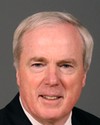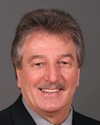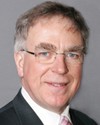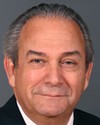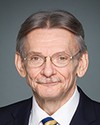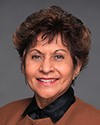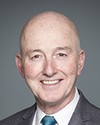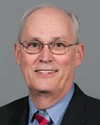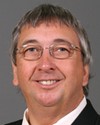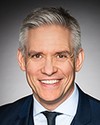Thank you, Mr. Chair.
We are very pleased to be here today to discuss our status report on the Department of National Defence's efforts to recruit and retain men and women in the regular forces. As you mentioned, I am accompanied today by Hugh McRoberts, Assistant Auditor General; and Wendy Loschiuk, principal for our defence audits.
The audit work for the status report was completed in January 2006. In this audit we examined the progress made by National Defence in addressing the recruiting and retention problems that were noted in our 2002 audit. At that time, we were concerned about the declining numbers of trained regular force personnel, which represents the amount of staff available for duty. This decline occurred as the intake of new recruits fell and the number of members leaving the military rose.
As you know, National Defence and the Canadian Forces require an effective and trained workforce in order to perform the military tasks they are asked to do. Indeed, stress due to a shortage of members became evident when the department reported in its 2004-05 performance report that an operational pause was necessary for it to regenerate.
I am pleased to report that National Defence has achieved satisfactory progress in addressing our concerns reported in 2002. By 2005, it had stopped the decline in the number of trained and effective members and was actually showing a small increase. We looked at the planning it did to establish the annual recruiting and training numbers and found it to be sound.
Since 2002, the department has come very close to achieving its recruiting targets each year. At the time of our status report, the department was working towards a national recruiting strategy to bring more focus and cohesion to its recruiting efforts and was working on performance measures for 2007 to help it assess the success of its recruiting efforts.
The Department was also working on attrition. It conducted surveys to better understand why people were leaving the military and changed its terms of service to better meet its needs. Although results from these efforts are less evident, I am encouraged by the Department's efforts to better understand this problem.
As well, National Defence has taken action to improve its military human resources management although more could be done to improve its human resources information.
As you know, however, I did raise concerns about the Canadian Forces recruiting process because problems that do persist could jeopardize plans to expand the military. Despite its progress in recruiting, many members continue to leave, with the result that while the trained effective strength has not declined, it has not increased by very much either. Because of the rate of attrition, the net number of trained and effective personnel resulting from bringing in 20,000 new members since 2002 is only about 700. This is a concern if the military is to grow significantly over the next several years. When starting this Status Report, we expected to see an increase in the number of people who were trained and operational, so that the military could alleviate shortages in key occupations. We have stated instead that many of the key military occupations that were suffering shortages in 2002 was still short in 2005.
National Defence needs to identify what it should do to keep its members. About 80% of the military population is in a high attrition group, meaning they either are in the first few years of military service or could soon be eligible to retire.
The recruiting process itself has leakage, some of which is to be expected and some of which is unnecessary. The system needs to identify and recruit suitable candidates in a timely and effective manner, as about 28% of applicants abandon the process because of delays. As well, methods need to be found to make a military career more attractive to underrepresented groups, those being women, aboriginal persons, and visible minorities.
The system should enable the military to grow, but at the time of our audit, we found that intake was well below what was needed for the Canadian Forces to expand.
National Defence also needs to be able to assure itself that it is recruiting the best candidates, but the measures it uses have not been validated to show they predict military suitability or to show that all recruiters are using them in the same way. I am glad to note that the Department agrees that it needs to validate these tools and plans to finish this work by the end of 2008. It also has replied that it is establishing a Recruiting Training Centre in 2007, which is also a positive step.
National Defence also needs a training system that can handle and increase in recruited members. While the basic training system has expanded, there were still some difficulties on the next level for occupation training. The limited capacity of the training system at this level causes bottlenecks and is a blockage to getting skilled people into operations when and where they are needed.
Mr. Chair, since our audit, National Defence has gone through some changes and now plans to increase by some 13,000 regular force members. This committee may wish to find out more about how the department ensures that it is bringing in good candidates who have the right skills and the profiles the military needs; how the department ensures that its investments in recruiting, training, and retention contribute to the long-term sustainability of the military population; and finally, when an action plan will be in place to bring about the necessary improvements.
Mr. Chair, this concludes our remarks on military recruiting and retention.
We would be pleased to answer any questions the committee members might have.
Thank you.

